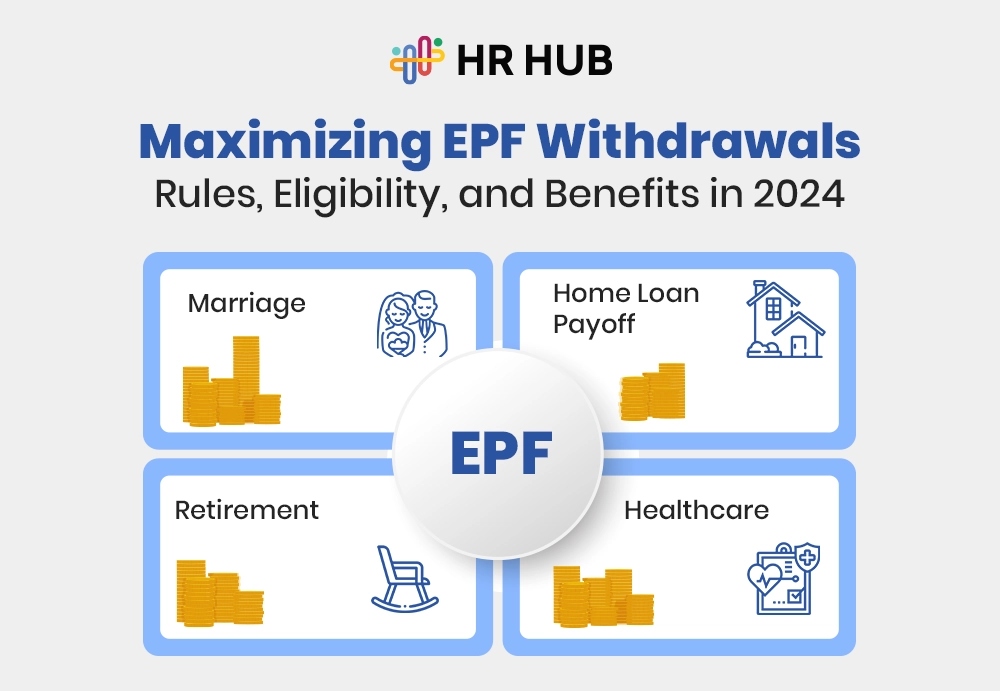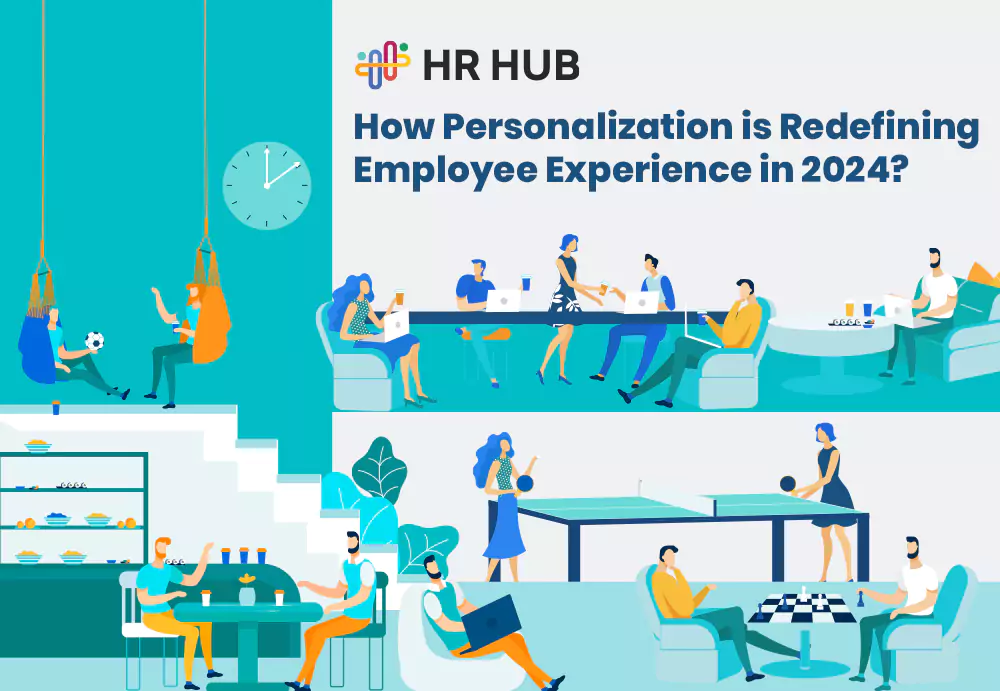In 2025, it's not just about taking time off—it’s about offering empathy and support when your employees need it most.
Grief doesn’t clock in at 9 and clock out at 5. It doesn’t follow a schedule or care about HR policies. And in 2025, organizations are finally listening. Bereavement leave is no longer an afterthought on the list of benefits—it is a testament to how much a business cares about its employees
The days of dry, three-day leaves and stilted condolences are behind us. The new workforce is rewriting the script, insisting upon time, compassion, inclusivity, and space for feelings
As our society becomes more emotionally aware and culturally diverse, bereavement leave is undergoing a transformation that mirrors the complexities of human connection and loss
How do I update your bereavement leave policy for 2025? Let us guide you!
Why Are Bereavement Leave Policies More Important Than Ever?
Consider this: an employee loses a loved one, and rather than finding solace, they're faced with meeting deadlines and mourning. Humane? Not quite
Today's workplace culture requires we care for employees in times of loss—it's no longer a choice. The dialogue has turned from "how many days off?" to "how can we help you through this?
Modern HR knows that mourning is an individual
Some bounce back easily; others require time, space, and tenderness to walk through the heaviness
Those embracing this truth see an improved workplace culture—better morale, more loyalty, and a care culture that builds trust
Tying grief together isn't just a dividend—it's an act of courage toward creating a resilient, people-first organization

What’s Changing in Bereavement Leave Policies in 2025?
In 2025, bereavement policies are being given a long-overdue refresh—and it's more than slapping on an extra day or two
We are witnessing a paradigm shift from inflexible timeframes to flexible, human-centered policies responding to diverse needs
This is what's gaining traction:
Extended Duration, No Longer Taboo
Grief doesn’t run on time, and HR departments are finally catching on. Companies sometimes offer extended leave (up to 2–4 weeks) without requiring employees to jump through bureaucratic hoops. Some even allow phased returns—starting part-time before transitioning to full workload
Inclusivity Beyond Biology
2025 will see a significant shift in who qualifies as “family.”
Employees can now take bereavement leave for the loss of close friends, mentors, or even pets—acknowledging that bloodlines don’t bind grief
LGBTQ+ inclusive policies now recognize chosen family and same-sex partners explicitly
Policies for a Global Workforce
Firms with staff based on multiple continents are tailoring policies to reflect cultural grieving practices
For example, in some cultures, mourning can last the length of a week-long ceremony or even involve travel overseas—something that today's policies now allow without disciplining the worker
Emotional Leave Integration
Certain firms are incorporating "grief days" after the initial bereavement leave because they acknowledge that painful triggers or stimuli will happen weeks down the road
This move toward long-term recognition is a giant leap towards emotional realism
Old policy was 3 days. New reality: Bereavement requires time, compassion, and adaptability
Key Features of an Effective and Compassionate Bereavement Leave Policy
Creating a sympathetic bereavement policy isn't just tossing around some days—it's about establishing a helping hand for the grieving employee
Here's what best-in-class policies now encompass:
Flexibility in Time and Use
A rigid block of contiguous days?
That's so yesterday's model. Today, staff can divide their leave—taking a little time off now and applying the balance toward memorial ceremonies, estate transactions, or recovery from mental health issues
Managerial Empathy Training
Managers are the first line of support—often, the first point of discomfort. Companies now offer training on communicating with grieving employees, what to say (and not say), and how to offer meaningful, non-performative support
Clear Guidelines with Zero Red Tape
A great policy doesn’t leave employees confused. It outlines:
- Who qualifies as a loved one
- How to request leave (without oversharing)
- What support is available (counseling, time extensions, etc)
Tiered Leave Options
Many companies now offer short-term and extended leave, combining paid days, unpaid time, and options to use accrued PTO without judgment
Built-in Mental Health Resources
Think grief hotlines, therapist partnerships, or internal peer groups. Effective policies go beyond the time off—they holistically support the emotional recovery process
The Rise of Paid Bereavement Leave: A Game-Changer for Employee Loyalty
Get real: nothing more is going to convey "we care" than giving someone a paid bereavement period to cry without requiring that they take a vacation or sick day
It's 2025, and this tradition is becoming the go-to standard because:
It Signals True Employer Empathy
Paid bereavement leave shifts the tone from transactional to transformational. It tells employees: “Your pain matters more than productivity right now.”
Better Retention and Lower Burnout
Employees who feel supported during life’s hardest moments are likelier to stick around and return recharged instead of broken
A survey by SHRM showed that companies offering paid bereavement leave saw 20–30% better employee retention over two years
It’s a Recruiting Magnet
In a competitive talent market, paid bereavement leave is now a differentiator
Job applicants actively weigh how businesses treat workers during personal tragedy and make decisions accordingly
Real-World Example:
One of the medical startups had 10 days of paid bereavement leave and grief coaching as an option
Not only did business rebound faster, but reviews on Glassdoor went through the roof with appreciation. Compassion was added to the brand
Compassion is no longer a soft skill—it’s a strategic advantage

Legal Considerations and Compliance: Navigating Bereavement Leave in 2025
While the heart leads policy change, the law still holds the pen. And in 2025, the legal landscape of bereavement leave is more complex—and crucial—than ever
Shifting Global Standards
Some countries are passing legislation mandating minimum paid bereavement leave (e.g., 5 days in the UK and Australia), while others are expanding protections to cover miscarriages, stillbirth, or loss of non-immediate family
Regulatory Must-Haves
Your policy should now account for:
- Legal entitlements by region (especially for global teams)
- Documentation rules (if any)
- Protection against retaliation for using leave
- Non-discriminatory definitions of family
Compliance Tip:
Stay proactive. Partner with legal experts to review your bereavement policies annually, especially if your workforce spans multiple jurisdictions
Data Sensitivity
Employees may share personal loss details. Ensure your systems and HR staff respect data privacy, following GDPR or relevant data protection laws
Non-compliance isn’t just risky—it’s heartless
How are Remote and Hybrid Teams Shaping Bereavement Leave Policies?
In the hybrid and remote work age, bereavement leave can’t look like it did in cubicle culture. Support must be as mobile when employees log in from bedrooms, cafés, or remote towns
Leave Without Location Constraints
Employees should be able to access bereavement leave regardless of geography. Companies now allow global employees to take local leaves without being physically present in a specific office
Virtual Grief Support
Many companies offer:
- Online therapy sessions
- Access to grief coaches or counselors via video
- Virtual peer groups or support chats
Return-to-Work Plans for Remote Roles
Rather than jumping back into Zoom meetings cold, companies offer gradual reintegration, reduced workloads, or “quiet weeks” with minimal meetings
Stay-In-Touch Models
Some employers are adopting optional “check-in while away” models—not for work but to provide emotional check-ins, mental health tips, and resources for grieving employees
Distance doesn’t dilute grief. Your support shouldn’t, either
The Future of Bereavement Leave: A Holistic Approach to Grief Support
In tomorrow's workplace, support during bereavement isn't simply a policy—but a philosophy
We are shifting toward an integrated, whole-person approach, where companies provide continuous emotional care—not a static number of days off
What visionary companies are adopting:
Grief Wellness Initiatives
Participate in conventional grief circles alongside mindfulness training sessions and staff-organized remembrance events
Long-Term Mental Health Gains
Months after the leave time, mourning continues. That's why today's EAPs feature extended counseling sessions, not merely 3 brief sessions and adios
Healing Community Spaces
Firms are designing in-house facilities where workers can reminisce, memorialize loved ones, or tap pooled resources
Loss Anniversary Support
A few employers now permit workers to take the day off (paid or unpaid) on the anniversary of their loss—a modest act with profound emotional significance
Resource Hubs
Curated grief resources (articles, podcasts, guided journaling prompts) empower employees to navigate their journey at their own pace
The future of HR is human. And humans grieve. Supporting that isn’t just good practice—it’s the heart of a healthy workplace
Evolving Bereavement Leave Policies for a Better Workplace
Bereavement leave will evolve beyond being a straightforward HR guideline by 2025. A company's fundamental principles and convictions will manifest powerfully through this example
The evolution of these policies indicates significant workplace transformation. Businesses are transitioning from rigid regulations to compassionate corporate environments
The emphasis is moving away from broad directives toward solutions that authentically support and prioritize individual needs
Empathy, flexibility, diversity, and mental well-being are the focus of HR today—and innovative organizations are embracing this change, not resisting it
At HR HUB, we understand that assisting your staff in overcoming life's greatest challenges isn't something you want to do but need to do as a business
That is why our platform offers employee-led, editable leave management software so you can build bereavement policies that are not only compliant but also compassionate
From dynamic policy configuration and role-based access to integrated mental health support tools and flexible leave workflows, HR HUB is built to help you create a workplace where empathy leads the way






